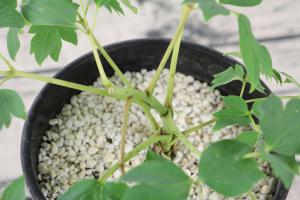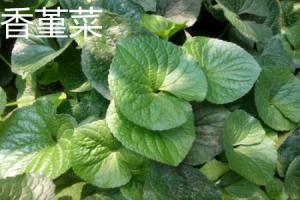How to Prune a Beefsteak Tomato Plant
Tomatoes are a popular plant to grow in any vegetable garden, and the beefsteak variety is a favorite amongst many gardeners. To ensure a bountiful harvest, pruning is an essential technique to keep your beefsteak tomato plant healthy and productive. Here's a step-by-step guide on how to prune a beefsteak tomato plant.
Step 1: Understand Your Plant
Before pruning your beefsteak tomato plant, it's essential to understand the growth habits of your plant. Knowing whether your plant is indeterminate or determinate will determine how much and when you should prune your tomato plant.
Indeterminate tomato plants grow continuously, and their height and stem length can unkemptly grow to reach up to 6-10 feet high without pruning. In contrast, determinate tomato plants grow up to a certain height, and their growth stops once the fruit sets on the top of the plant. Determinate tomato plants are usually more compact, and you don't have to prune them much.
Step 2: Identify the Suckers
Suckers are the small shoots that grow in between the stem and the branches of your beefsteak tomato plant. These suckers benefit your plant when it's starting. However, they can be problematic if you allow them to grow too much. Suckers can reduce yield by competing with the main stem for nutrients, water, and light.
To identify suckers, look out for new growth that appears in between the main stem and branches. They usually grow to be about 2-4 inches long and have smaller leaves than the rest of the plant.
Step 3: Prune the Suckers
Once you've identified the suckers, it's time to prune them. Use a clean, sharp tool to not damage the plant, and cut them off at the base. Be careful not to cut off any flowering branches, as these also produce fruit.
The right time to prune the suckers is when they are relatively small, so they don't grow too much and take away resources from the main plant.
Step 4: Remove the Bottom Leaves
The bottom leaves of your beefsteak tomato plant can also be removed to promote better air circulation and reduce the growth of diseases. The leaves near the base of the plant are usually the first to get infected with any pests or diseases, so it's best to remove them as soon as they turn yellow.
The bottom leaves can also compete with the upper leaves for the available nutrients, reducing the yield that you get from your beefsteak tomato plant.
Step 5: Prune To Control Growth
As your beefsteak tomato plant grows taller, you may notice that it has too many branches. If you allow too many branches, the plant's overall yield is going to be affected.
To control the growth of the beefsteak tomato plant, you need to prune it occasionally. This means removing any leave or branches that won't contribute significantly to the plant's growth or those that are diseased or damaged.
Conclusion
Pruning your beefsteak tomato plants can be intimidating for many new gardeners, but it's a simple process that requires a keen eye and a steady hand. When done right, pruning your tomato plants ensures that they remain healthy, productive, and disease-free. Follow these steps to prune your beefsteak tomato plant and watch as it yields bountiful healthy fruit.

 how many times do yo...
how many times do yo... how many planted tre...
how many planted tre... how many pine trees ...
how many pine trees ... how many pecan trees...
how many pecan trees... how many plants comp...
how many plants comp... how many plants can ...
how many plants can ... how many plants and ...
how many plants and ... how many pepper plan...
how many pepper plan...































